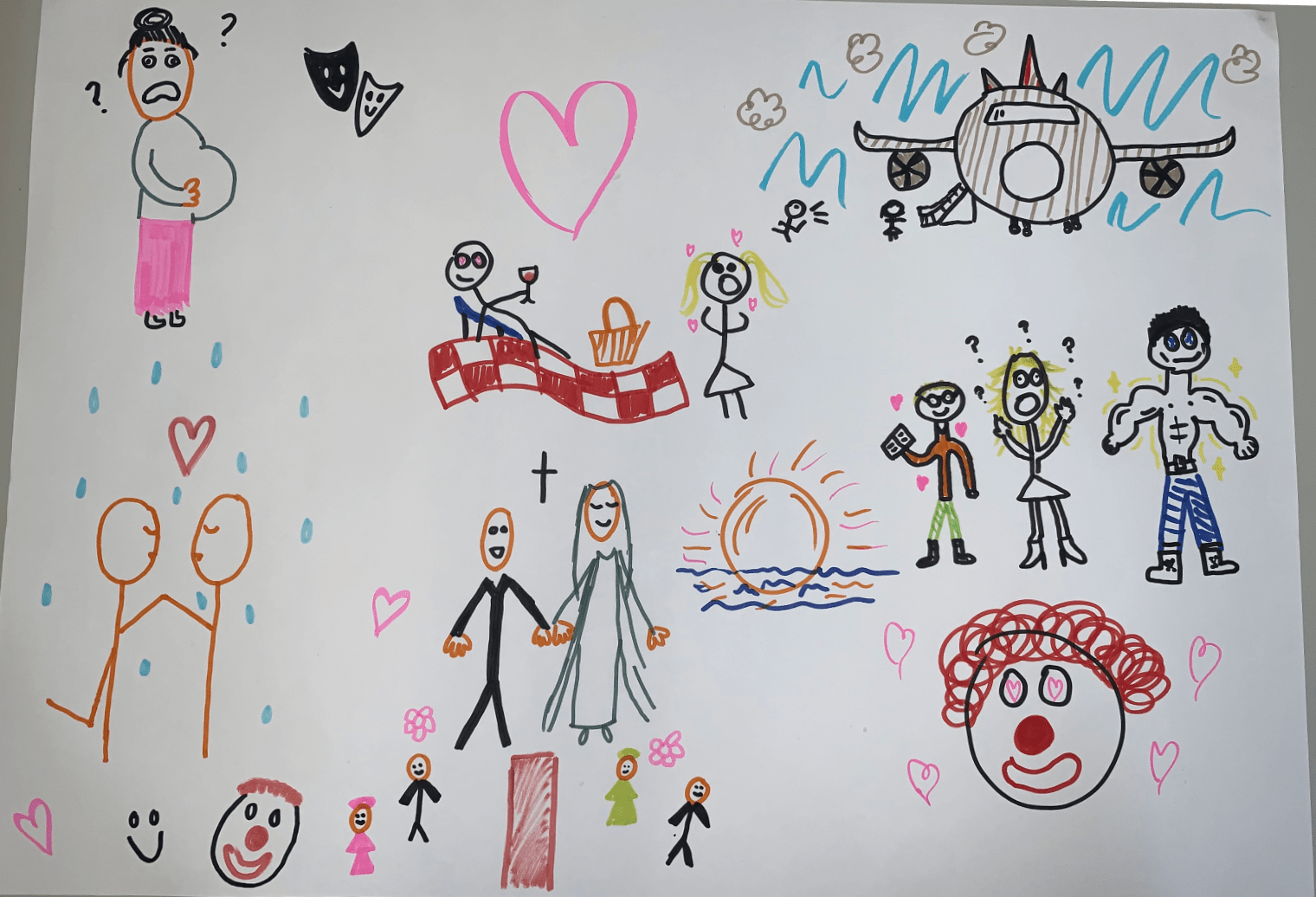Examples
Seminal/Archetypal: Halloween (1978, dir. Carpenter) & Nightmare on Elm Street (1984, dir. Craven)
Non-Hollywood: Ringu (1998, dir. Nakata)
Recent: Scary Movie (2000, dir. Wayans)
Analysis of a Corpus
| The Corpus→
The Repertoire of Elements↓ |
Film 1: Halloween | Film 2: Nightmare on Elm Street | Film 3: Scream |
| Typical Locations | Swamps, rural towns, forests, dark alleyways, isolated locations. | ||
| Characters / Groups | Naïve, carefree teenagers. Reluctant police officers who don’t initially believe protagonists, but often end up saving them. Seemingly unconquerable, supernatural antagonist. | ||
| Conflicts & Themes | Protagonist v. Antagonist, Bravery v. Fear | ||
| Filmic Technique | Montage, parallel editing. | ||
| Iconography / Mise-en-Scene | Knives, claws, blood, torn clothes, old cars, police sirens, night, thunder, lightning, rain, masks. | ||
| Shape of the story | Beginning
Young group goes out on an adventure, sticking it to the world. |
Middle
Monster/Killer strikes. Mystery ensues. Characters begin to die. |
End
Typically one character remains, they find a way to defeat the monster/killer. |
Trailers
Relevance to Comparative Essay
Personally, I wouldn’t further investigate the horror genre for a comparative piece due to my own tastes, but I think the slasher genre specifically is one of the most pertinent examples of Rick Altman’s theory of genre cycles. Thanks to the initial boom of slashers during the 1980’s, as well as their immediately recognisable iconography, generic conventions, and narrative tropes, the genre was parodied mercilessly after their period of relevancy faded, with films like Scary Movie and Scream satirising the formula. However, in our modern context of reboots and remakes, revivals of classic slasher franchises like Halloween are beginning to make a resurgence, with more sincere horror narratives coming to the forefront of cinema again, at least before the pandemic. It would be interesting to investigate an authentic film originating from the start of the slasher genre cycle and compare and contrast it to a film separated by time later in the cycle to to observe what conventions became outdated.
